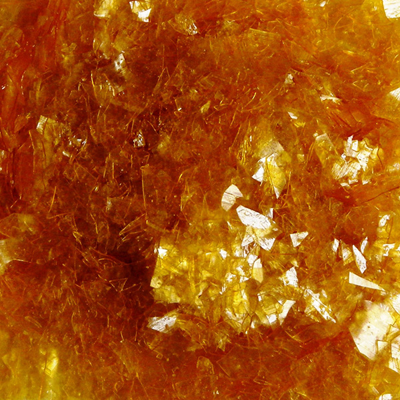Due to the versatility of the Lac resin, it finds innumerable uses both in industries fields. On the standpoint of industrial uses of shellac one or more of the following properties are of great importance:-
- Shellac dissolves in a wide variety of alkaline or rapidly drying alcoholic solvents but is resistant to a number of other solvents particularly hydrocarbons.
- Its film shows excellent adhesion to a wide variety of surfaces, possessing high gloss, hardness and strength.
- Shellac is a powerful bonding material with low thermal conductivity and a small coefficient of expansion. Its thermal plasticity and capacity of absorbing large amounts of filters are noteworthy.
- Its electrical properties include high dielectric strength, low dielectric constant and characteristic freedom from tracking.
- It is resistant to the action of ultraviolet rays.
- Shellac is non-toxic.
Some of the main uses of shellac in different fields are:-
-
- Surface coating – As undercoat, primer, sealer French, Polish, Leather dressing, Fruit Coating etc.
-
- Printing – Flexographic ink, Waterproof ink, Photoengraving.
-
- Textiles – Stiffening of hats.
-
- Cosmetic & Pharmaceuticals – Hair lacquer, coating for Enteric pills, Dental base place.
-
- Engineering – Grinding wheels, Rivet & Plaste sealer.
-
- Electrical – Micanite, Insulating Varnish.
-
- Photography – Dry mounting tissue paper, protective varnish.
-
- Paper – Paper varnish, playing cards.
-
- Rubber – Stiffening agent, surface finish.
- Adhesive – gasket cement, sealing wax, pyrotechnic Optical Cement.

